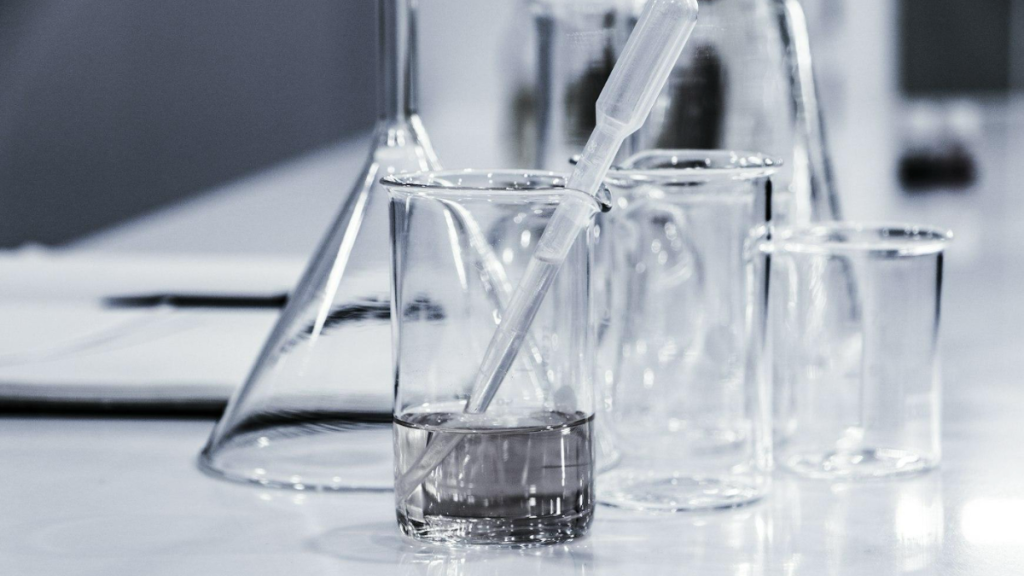In discovery research, the biggest delays rarely come from bright ideas—they come from pipettes, plates, and people’s calendars. Lab automation changes that equation by moving routine steps to reliable machines and closing the loop between experimentation and analysis. The result is faster iteration, cleaner data, and teams that spend more time reasoning about science and less time shepherding samples.
From manual prep to precise, miniaturised liquid handling
Automated liquid handling has evolved from benchtop robots that mimic human motions to instruments that dispense exact droplets at sub-microliter volumes. When assays are miniaturized, you cut reagent costs, increase plate density, and run richer experimental matrices in the same day. A modern microdispenser, can seed nanoliter volumes with high positional accuracy, letting scientists screen gradients, serial dilutions, or combinatorial mixes without the approximations that creep into manual pipetting at tiny scales. Miniaturization not only saves reagents; it shortens incubations, reduces evaporation and carryover, and enables denser plates—compounding the throughput gains.
Closing the Design–Build–Test–Learn loop
The biggest step change comes when robots, analytics, and scheduling software run together as a closed loop. Instead of planning one large experiment per week, teams run dozens of small adaptive batches per day. Recent “self-driving lab” demonstrations show how autonomy can plan and execute experiments, measure outcomes, and choose the next conditions with minimal supervision, speeding up protein engineering and materials discovery while preserving scientific control.
Throughput that changes the questions you ask
High-throughput screening (HTS) was an early proof that automation changes not just speed but the scale of inquiry. The NIH reported fully robotic quantitative HTS workflows capable of testing hundreds of thousands of wells and accommodating diverse assay formats; today, similar approaches are within reach of many discovery teams, not only mega-screening centers. We also saw the impact during pandemic-era testing, where automated sample handling and analytics enabled labs to stand up resilient, high-volume pipelines in weeks and then refine them as protocols and supply chains shifted.
Data integrity and compliance by design
Automation doesn’t just move liquid; it moves evidence. Instruments that timestamp, version, and transmit results directly to LIMS reduce transcription errors and strengthen audit trails. That matters under CGMP expectations for “ALCOA/ALCOA+” data principles—attributable, legible, contemporaneous, original, and accurate—where gaps can derail filings or quality reviews. Building these controls into automated workflows makes compliance the default rather than an after-the-fact scramble.
Reproducibility you can measure
One promise of automation is consistent execution: the same protocol, the same way, every time. Across robotics research and measurement science, agencies have highlighted the need for standardized methods and performance benchmarking so results travel between labs without translation. In practice, this means validating liquid classes, codifying labware definitions, and using reference materials so that “one click” truly means the same experiment each run.
What changes for scientists
As the routine repeats move into code, scientists’ day-to-day shifts from micromanaging steps to designing hypotheses, interpreting exceptions, and curating datasets. Operators become orchestrators: they write protocol logic, set guardrails, and monitor dashboards that summarize execution and quality metrics. Far from replacing expertise, automation amplifies it—experts codify subtle tricks (mix speeds, hold times, deck temperatures) once, then let the system reuse them flawlessly at 2 a.m.
Interoperability and orchestration
The best setups string together liquid handlers, incubators, imagers, and analytics in a choreography that minimizes idle time and hand-offs. Even simple additions—barcode tracking at every station, a scheduler that understands instrument availability, and event-driven triggers when data land—can shave hours off cycle time and prevent downstream surprises. When instruments expose APIs and speak common data formats, you can refactor workflows without rebuilding the whole stack.
Practical ways to start (or scale)
• Pick high-ROI bottlenecks first: plate prep, media exchanges, DNA normalization, ELISA/flow cytometry sample prep, or culture expansion.
• Miniaturize intentionally: pilot a small volume reduction, confirm assay performance (Z′, S/N), then lock in the savings.
• Integrate data early: decide where raw files live, how metadata is captured, and how results map back to samples and versions.
• Treat protocols as software: version control, peer review, and test runs with positive/negative controls before going live.
• Design for human-in-the-loop: define clear manual checkpoints for exceptions, safety steps, or judgment calls.
• Measure impact: track cycle time, cost per sample, repeatability (CV), and failure causes; publish dashboards so gains are visible.
What’s next
More labs are layering AI on top of automated benches: models propose conditions, robots execute, analytics score outcomes, and the cycle repeats. Early studies in autonomous platforms have already shown accelerated optimization across chemistry and protein landscapes, hinting at a future where exploration is both broader and more disciplined.
The takeaway
Lab automation is not a single purchase but a posture: codify the routine, instrument the evidence, and close the loop. Do that, and you change the tempo of discovery—from episodic to continuous. You’ll run more experiments, with tighter controls, at lower cost, and your team will spend its creativity on the questions that matter, not on moving liquids around.

